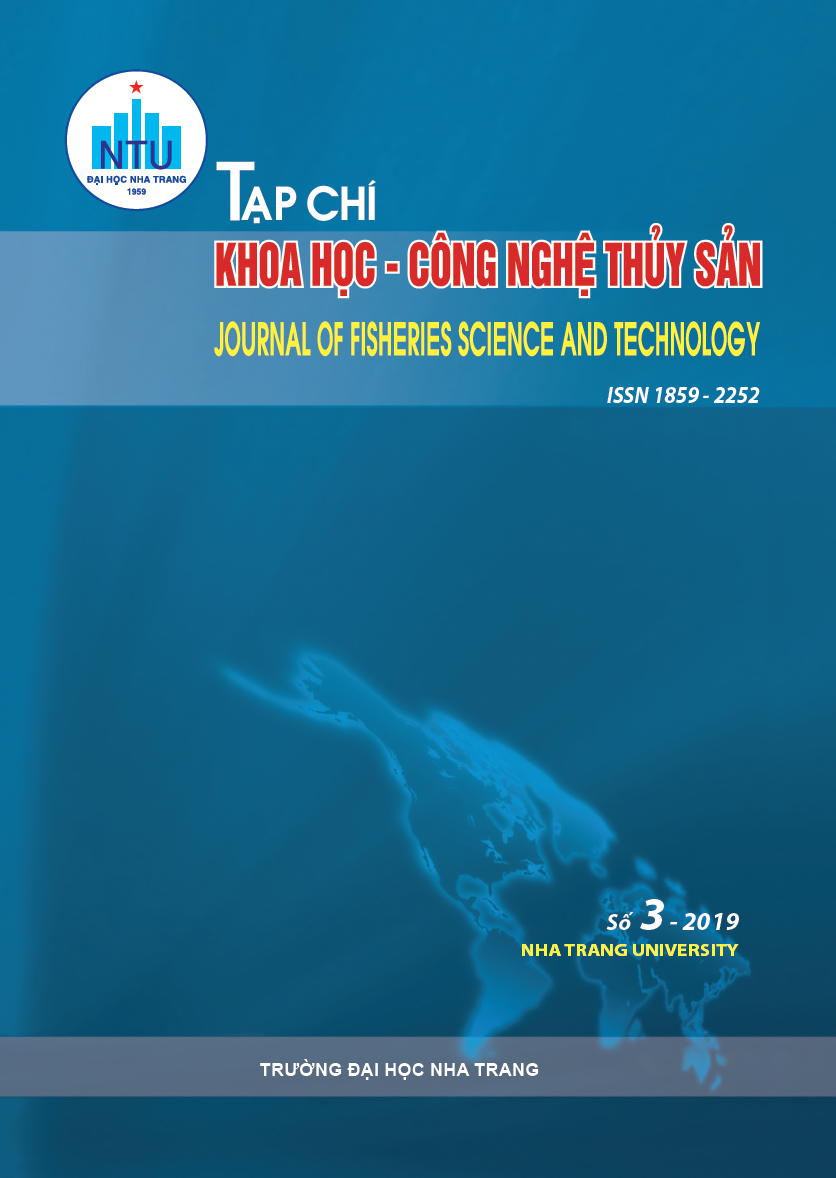##plugins.themes.huaf_theme.article.main##
Abstract
Moina micrura is a parthenogenetic crustacean that is prevalently found in the Mekong Delta, Vietnam (Le Van Hau et al, 2018). Under harsh conditions, Moina reproduction occurs to product ephippia (bags containing resting eggs) (Dodson et al, 2010). While the ephippia of other zooplanktons such as: Artermia, Daphnia, Rotifer have been used in the word for decades, M. micrura resting eggs have not been studied much due to diffi culties in commercial production and low hatching rate. In this study, diet types and environmental conditions (pH, temperature) for the production of ephippia, as well as the storage of Moina resting eggs, were investigated. M. micrura were cultured using three different types of diets: rice bran, dry yeast and Scenedesmus sp. algae. The initial layout density for treatments was 200 ind.L-1, Resulting in the highest number of ephippia in the treatment with rice bran (180 ± 12 ephippia.L-1; P<0.05) achieved 7 days culture. Although Moina cultured in dry yeast produced fewer ephippia (64 ± 7 ephippia.L-1) than rice bran experiment, the number of eggs in the ephippia was the highest (65 ± 8% of ephippia containing of two eggs; P<0,05) was recorded. Similar results were detected in feeding Moina with of Scenedesmus sp. algae (60 ± 5 ephippia.L-1). Aditionally, the condition of resting eggs (temperature 32.5ºC; drying time 30 minutes; storage after 2 months at 4ºC) has a hatching rate of time to preserve eggs after 2 months has a hatching rate of 30 ± 5%, and incubation method also has an impact to the rate of M. micrura resting eggs (35 - 65%) with the best incubation conditions (temperature 28ºC; pH = 7; L: D = 12:12; lighting intensity 800 Lux).
Keywords: Rice bran, ephippia, dry yeast, Moina micrura, resting eggs

